
Hot Springs is soaked in Mob lore
The Spa City’s reputation as a haven for outlaws attracted the nation’s top underworld figures
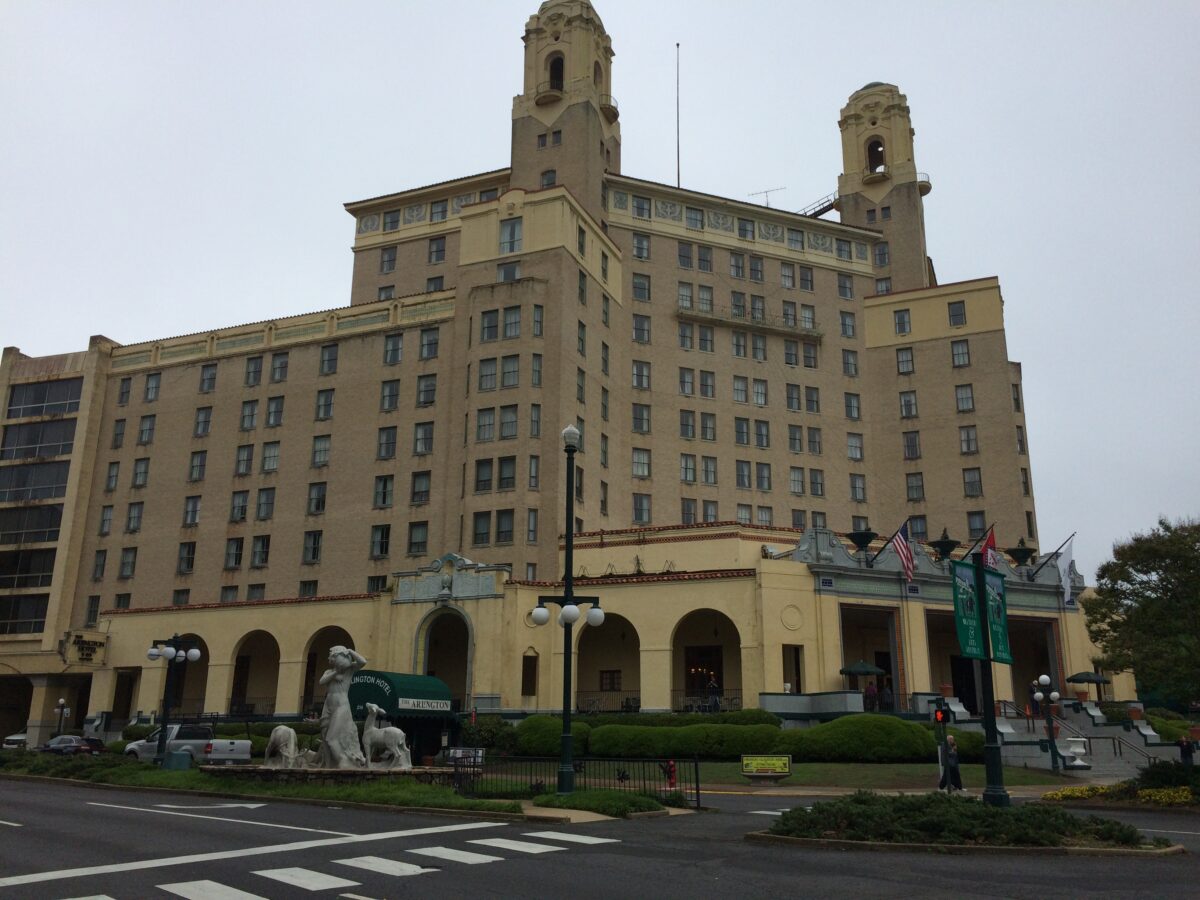
Long before Las Vegas became the underworld’s casino playground, Hot Springs, Arkansas, was home away from home for the most notorious names in U.S. organized crime.
Al Capone, Albert Anastasia, Benjamin “Bugsy” Siegel, Carlos Marcello — these and many more vacationed in the Spa City, where illegal but open prostitution and gambling attracted Mob royalty for decades until the casinos were shut down in the late 1960s.
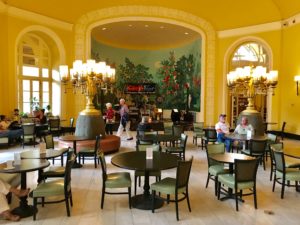
Hot Springs became well-known not only because of the many legendary baseball players such as Babe Ruth who spent time there when it was a spring training site, but because of the ranking Mob figures who, under the protection of corrupt local law enforcement and elected officials, visited this central Arkansas town, making headlines along with Depression-era criminals such as Frank “Jelly” Nash and Alvin “Creepy” Karpis, who used the place as a hideout.
Charles “Lucky” Luciano, staying at the opulent Arlington Hotel with singer and dancer Gay Orlova, put Hot Springs on the front pages when a New York officer in town on a different case in 1936 happened upon the mobster and local chief of detectives strolling near the bathhouses. Soon thereafter, Luciano was taken into custody and, following an extradition battle, transported back East for a prostitution-rackets trial and ultimate criminal conviction.
Convicted killer Owen Vincent “Owney” Madden, a Prohibition-era beer baron, boxing promoter and partner in Harlem’s Cotton Club, made news when he moved to Hot Springs in the mid-1930s with permission from the New York State Parole Board on condition that he never return to New York. Madden lived in Hot Springs until his death in 1965 at age 73.
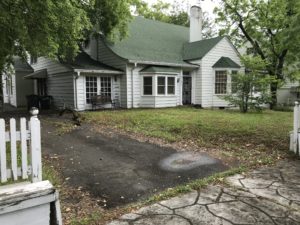
Madden’s prominence in New York during his reign there is underscored in the following passage from William Kennedy’s 1975 novel Legs, a fictional account of gangster Jack “Legs” Diamond’s lawless exploits. In Madden’s younger years, he had belonged to a Hell’s Kitchen group of outlaws called the Gopher Gang. He later rose to the top of New York City’s criminal hierarchy.
“Jack got the word from Owney Madden,” the passage states, “his old mentor from Gopher days, a quiet, behind-the-scenes fellow who, after doing his murder bit, came out of Sing Sing in 1923 and with a minimum of fanfare became the Duke of New York, the potentate of beer and political power in the city’s underworld.”
During these early years, Madden’s friendship with New York chorus girl Barbara Stanwyck, later a Hollywood star, possibly led to a close-range gun technique of his being used in the 1946 classic film noir The Strange Love of Martha Ivers. Whether Madden’s gunplay was something director Lewis Milestone had heard about himself or was an idea of Stanwyck’s is debatable, but either way, as the Turner Classic Movies website notes, “Stanwyck liked doing the scene because amazingly enough, she had known Owney Madden” in her younger days.
In Hot Springs, Madden married a local woman, postmaster’s daughter Agnes Demby, who ran a tea and gift shop near the Southern Club casino on Central Avenue, not far from the Arlington. A doctor had advised Madden in the early 1930s that soaking in the hot thermal baths there might relieve the pain from his many bullet wounds, according to former Arkansas FBI employee Orval E. Allbritton in his 2011 book The Mob at the Spa. East Coast racketeer Dutch Schultz talked up Hot Springs to Madden and told him about the woman working at the gift shop.
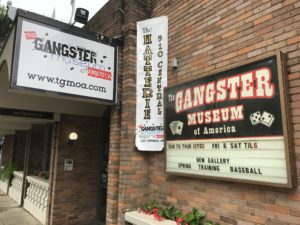
“You’ll love it,” Shultz said of Hot Springs. “There’s several hot spots of gambling and a great cathouse just a few doors from the hotel. And if you get too bored, you might want to check out the good-looking dame in the tea and gift shop near the Southern Club.”
Another local woman who became a fixture in national Mob lore is Ida Hoopes Devine, who met her future husband, gambler Irving Devine, in Hot Springs and then moved with him to Las Vegas in 1952. Through her husband’s connections, she served as a courier for crime lord Meyer Lansky, transporting illegally skimmed gambling revenue from the Fremont hotel-casino in downtown Las Vegas to Lansky in Miami for distribution to his partners. Lansky also had been a visitor to Hot Springs.
To this day, interest in these Mob figures, including Lansky, remains high. The Hollywood trade publication Variety reported in May, for instance, that veteran actor Harvey Keitel will star as Lansky in a major motion picture set to begin production in August. Sam Worthington also has a key role in the movie.
“The film centers on an aging Lansky living in anonymity in Miami Beach after being investigated and pursued for decades by the FBI,” a story on Variety’s website states. “When he enlists a young journalist named David Stone (Worthington) to tell his story, the Feds use him as a pawn to track down the hundreds of millions of dollars that the mobster has been suspected of stashing.”
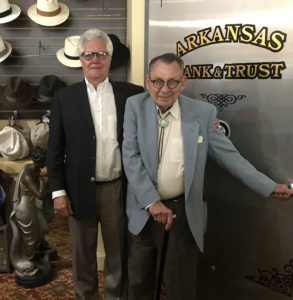
In Hot Springs during its heyday, gangsters vacationed there to enjoy the soothing mineral waters but also to take in the city’s thriving nightlife and to bet on the horses at Oaklawn racetrack. At one time, Hot Springs had a dozen casinos and countless other places with just slot machines, said Robert Raines, director of The Gangster Museum of America across from the tree-lined Bathhouse Row.
According to Mark Palmer, a tour guide at the museum, mobsters felt at ease in Hot Springs, knowing they would not be bothered by the local authorities or even their own rivals from back home who happened to be in town, too.
“They had a rule you couldn’t kill each other here,” Palmer said during a recent tour of the museum. “It would bring too much heat on the town, and the governor might shut us down.”
That’s not to say federal officials did not keep an eye on things. For instance, the FBI monitored Chicago crime boss Sam Giancana at the Velda Rose Motel on Park Avenue when he was in Hot Springs visiting Phyllis McGuire during her performance dates at the nearby Vapors nightclub and casino.
“Sam just came down to see me,” she told FBI agent Clay White. “He was here for no other reason.”
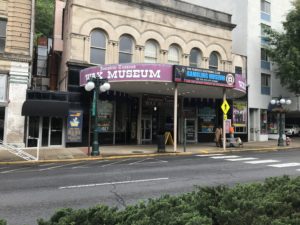
Other gangsters, such as Mafia heavyweight and New York political fixer Frank Costello, hobnobbed with power brokers while vacationing in the Spa City. At one point, it was rumored that Costello might take over the gambling operations in Hot Springs, but he denied that in a 1951 letter to a local newspaper. He once told authorities that when visiting this Southern resort town, he got together with people he knew.
“I met some friends down there, a few judges, a few district attorneys and a few senators,” he told the FBI. “They all go down there.”
This remark is recounted by historian Bill Friedman, a former Las Vegas casino executive, in his 2015 book 30 Illegal Years To The Strip. In the book, Friedman says Hot Springs had been the South’s “most wide-open illegal gambling center” since the mid-1880s.
Even back that far, this town, tucked into the lush, green Ouachita Mountains about fifty-five miles southwest of Little Rock, had a wild reputation.
In 1899, a shootout over control of illegal gambling in Hot Springs pitting city policemen against members of the county sheriff’s office left five dead in the street. As Allbritton notes in his 2014 book Lawman, this body count is larger than the three killed in the 1881 Gunfight at the O.K. Corral in Arizona.
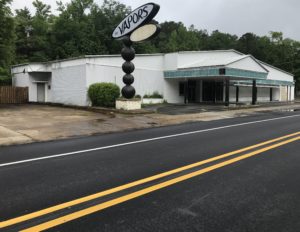
All these years later, Hot Springs, with its more than 35,000 residents, is in a revival mode. Oaklawn, the famous racetrack whose annual Arkansas Derby is an important prelude to the Triple Crown races, is embarking on an expansion that will include more casino space, and the Vapors is being renovated, though casino-style gambling in the area is still limited to Oaklawn.
Raines said he is hoping for a July 4 reopening of the Vapors. He has been known to sing for visitors on stage at his Gangster Museum of America and is slated to perform at the famed nightclub’s reopening. One of his favorite tunes is Tony Bennett’s “I Left My Heart in San Francisco,” which Bennett first sang in Hot Springs during rehearsal after a show at the Vapors in 1961. Former President Bill Clinton, who grew up mostly in Hot Springs, has said he caught some of the show that night, peering through the club’s windows.
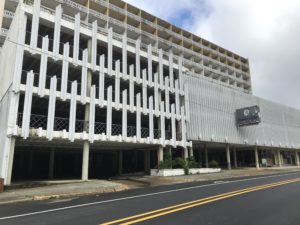
Raines also has met with actor Kevin Costner, working with the Bull Durham and The Untouchables star on business opportunities in Hot Springs. In addition, Raines said he and his Hollywood partners have a television series, tentatively titled Hot Springs, in development about the town’s gangster period.
With all this going on, Raines said he is excited about where Hot Springs is headed. “Everyone in Hot Springs and around the country who knows about the renaissance is looking forward to a return to the glory days of gambling and entertainment in the Spa City,” he said.
Larry Henry is a veteran print and broadcast journalist. He served as press secretary for Nevada Governor Bob Miller, and was political editor at the Las Vegas Sun and managing editor at KFSM-TV, the CBS affiliate in Northwest Arkansas. Henry taught journalism at Haas Hall Academy in Bentonville, Arkansas, and now is the headmaster at the school’s campus in Rogers, Arkansas. The Mob in Pop Culture blog appears monthly.
Feedback or questions? Email blog@themobmuseum.org





